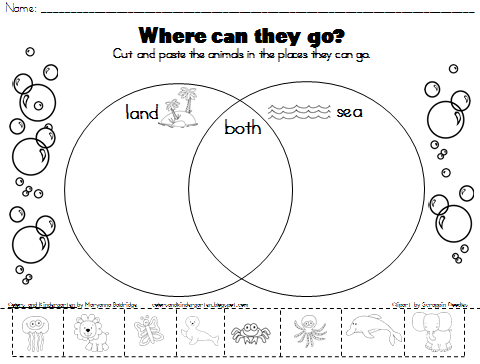The octopus is definitely a favorite animal in the eyes of a 5-year-old. Or in the eyes of a 31-year-old. (Yes, that's me.) I love the octopus because many students know what it is, but don't know much about it. I love teaching them the amazing facts of the octopus.
Amazing Octopus Facts!
1. They have suckers on their arms that can actually sense taste.
2. They have no bones.
3. They have a sharp beak to break shells.
4. Some octopus have poisons.
5. They can change color and texture to camouflage themselves.
6. They have a purplish-black ink they can squirt out so they can get away from enemies.
7. A female octopus lays eggs.
8. Octopus can squeeze into small holes.
Like I said, many kids know what an octopus is so I begin my lesson with the book:
They love this book! Every year they love it. This year my class actually clapped when I finished reading it. It's a super silly book about an octopus making friends....even with a shark.
Then we get into the science of the octopus:
And we see some amazing pictures of a real octopus.
Going onto YouTube and searching some videos to show how an octopus swims is also a great idea. They don't swim how the kids expect them to, so they are always very fascinated to see a "REAL OCTOPUS!" swim.
After our discussion we do our octopus page in
We talk a lot about the arms or legs. There has been some research that is showing an octopus has two legs (used in "walking") and six arms. I shared this information with my class and you can see that one of my little girls colored her octopus to show that. Haha! I didn't even ask them to do that! It goes to show you that they love learning about ocean animals and remember so much! We also talked about the octopus having their mouth between their arms, but since our picture is a cartoon we can see his mouth.
Our craft for the octopus is the
Scholastic has a lot of free ocean printables. Check them out here.
Octopus day was a hit! I hope it is for you too!












.jpg)

.jpg)





